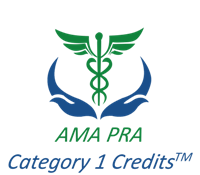Benjamin Chitambira
East Kent Hospitals University NHS Foundation Trust, UK
Title: Prospective pilot randomised case controlled study on use of optokinetic chart stimulation for recovery of completely hemiplegic acute strokes
Biography
Biography: Benjamin Chitambira
Abstract
Background: Stroke causes disability and has a huge cost to the health economy. The aim is to compare and explore recovery of movements and function in hemiplegic dense acute strokes treated by the optokinetic chart stimulation (OKCS) based OKCSIB protocol versus those treated conventionally. Methods: The A4 size optokinetic chart consists of repeated bundles of rainbow colours. The chart is placed 20 centimetres in front of a patient’s face. It is moved from side to side at approximately one cycle per second for 3 minutes then up and down for 3 minutes and finally forwards and backwards for another 3 minutes. Once patients can stand with assistance of 2 therapists, sensory interaction for balance is added. Specific active-assisted upper limb anti-gravity extensor exercises are carried out for the affected upper limb. Results: The experimental participant fully recovered affected upper and lower limb movements, at 20/20 on STREAM, by the 3 months follow up. On the other hand, the control participant did not recover voluntary movements of the affected upper and lower limb at all; remaining at 0/20. Instead, by the 3 months follow up, the control participant had developed spasticity of the affected hand and affected lower limb. The control participant’s affected lower limb was already in a flexor pattern of hip flexion and external rotation with knee flexion. The control participant was discharged to a nursing home with use of sling hoists. Conclusion: OKCS led to recovery of movements. RCTs are required to verify the evidence for its use.

